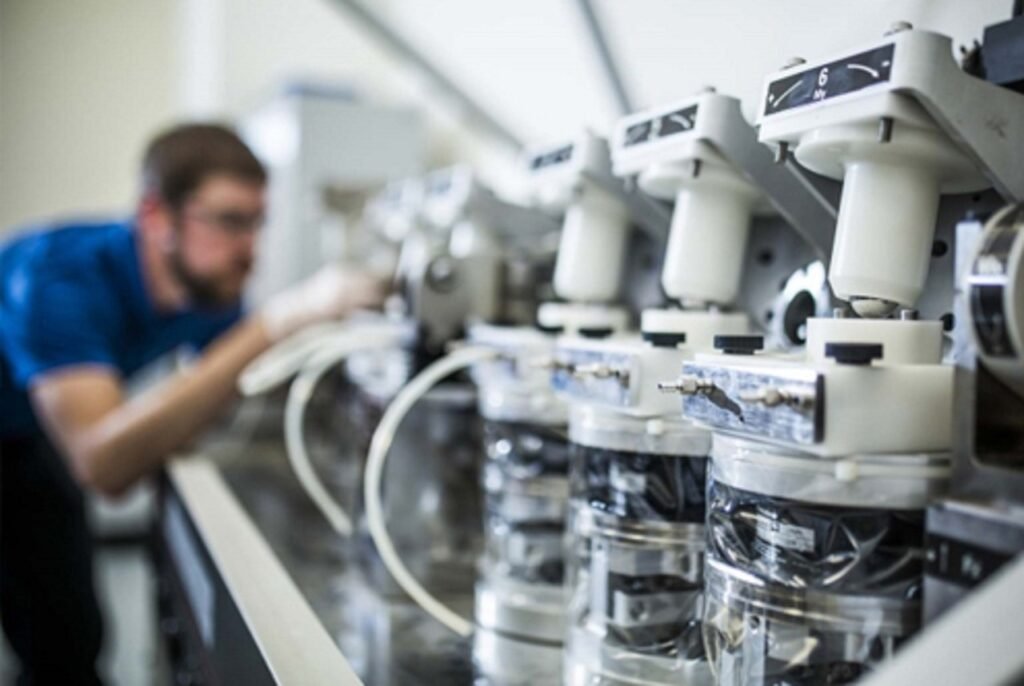In the dynamic landscape of healthcare, the integration of cutting-edge medical devices and medical equipment stands as a beacon of hope for improved patient outcomes. As we explore the intricacies of this revolution, it is imperative to delve into the diverse realms governed by regulatory bodies such as the Food and Drug Administration (FDA), ensuring the safety and efficacy of these transformative technologies.
The Varied Spectrum of Medical Devices
Precision and Efficiency in Diagnosis
One key aspect propelling this revolution is the relentless pursuit of precision and efficiency. Medical devices today are engineered to deliver not just treatment but tailored and personalized solutions. The ability to target specific conditions with a heightened level of accuracy holds the promise of minimizing invasive procedures and maximizing therapeutic effectiveness.
Wearable Medical Devices: Empowering Patients
The advent of wearable medical devices further exemplifies the transformative power of technology in healthcare. From smartwatches capable of monitoring vital signs to portable ECG devices, patients can actively participate in their healthcare journey.
Regulatory Considerations and Challenges
However, the integration of these sophisticated medical devices is not without its challenges. Regulatory considerations, including the classification of devices and adherence to standards set by the FDA, are critical aspects that demand attention. Striking the delicate balance between innovation and compliance is paramount to realizing the full potential of these advancements.
Understanding Medical Device Classification
In the FDA’s regulatory framework, medical devices are classified based on their intended use, and the level of risk they pose to patients. From Class I low-risk devices to Class III high-risk devices, the classification system plays a crucial role in determining the regulatory pathway for each device.
Cybersecurity in the Age of Digital Health
With the rise of digital health and the increased connectivity of medical equipment, cybersecurity emerges as a paramount concern. Safeguarding patient data and ensuring the integrity of medical applications are essential components in the era of interconnected health technologies.
In Vitro Diagnostic Medical Devices: Navigating Regulatory Frameworks
The landscape expands when considering in vitro diagnosticmedical devices (IVDs), each subject to specific guidelines. Understanding the regulatory frameworks governing these devices is crucial for manufacturers to ensure safety and effectiveness.
Read More about at General Tops
Future Perspectives: Collaboration and Innovation
As we navigate this era of healthcare transformation, the question lingers: Can the latest medical devices truly transform patient outcomes? The answer lies in collaborative efforts among healthcare professionals, technologists, and policymakers. Addressing challenges and leveraging the capabilities of these revolutionary devices, we stand at the threshold of a healthcare paradigm shift—one where precision, personalization, and improved patient outcomes converge to redefine the future of medicine.
